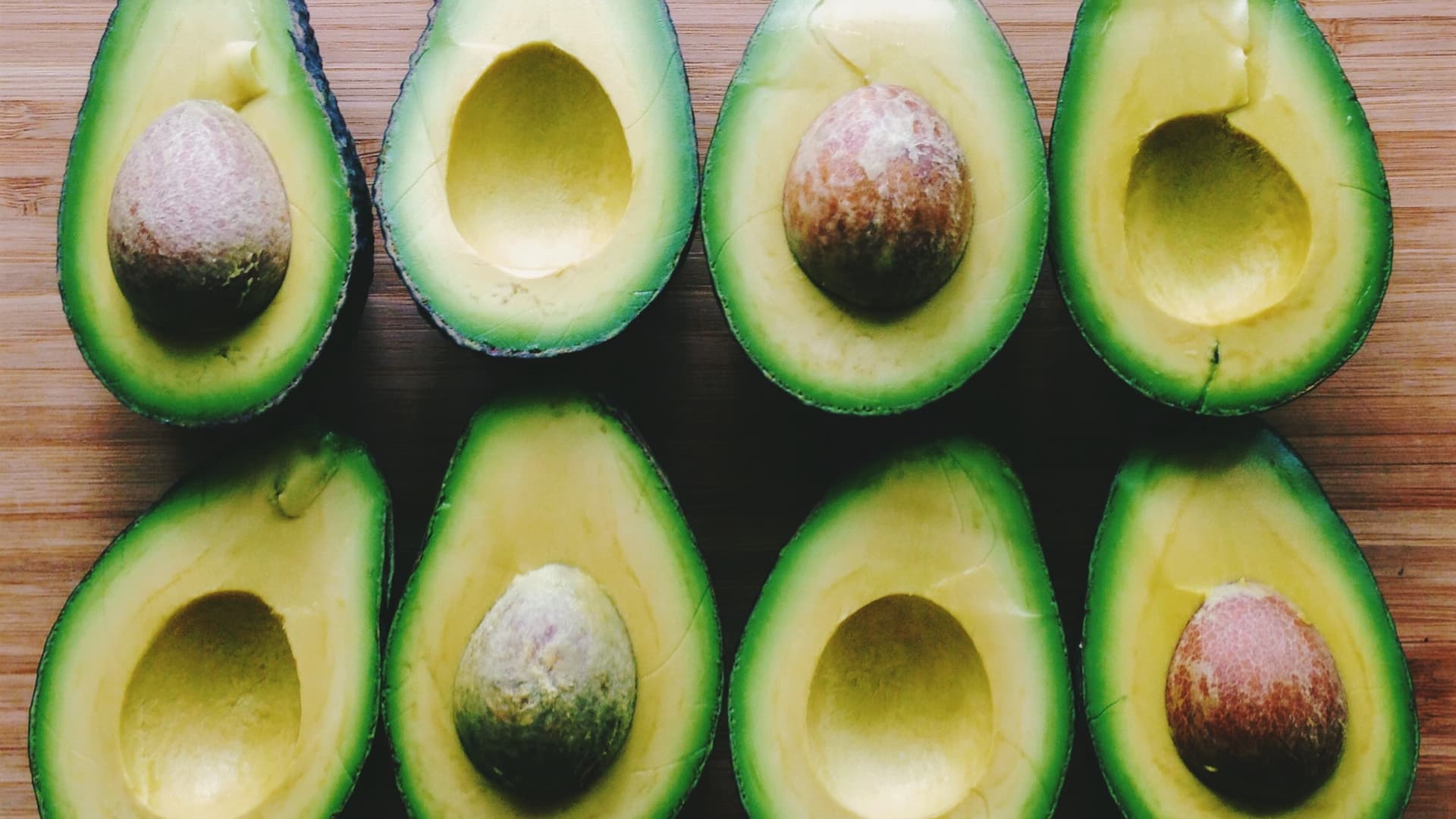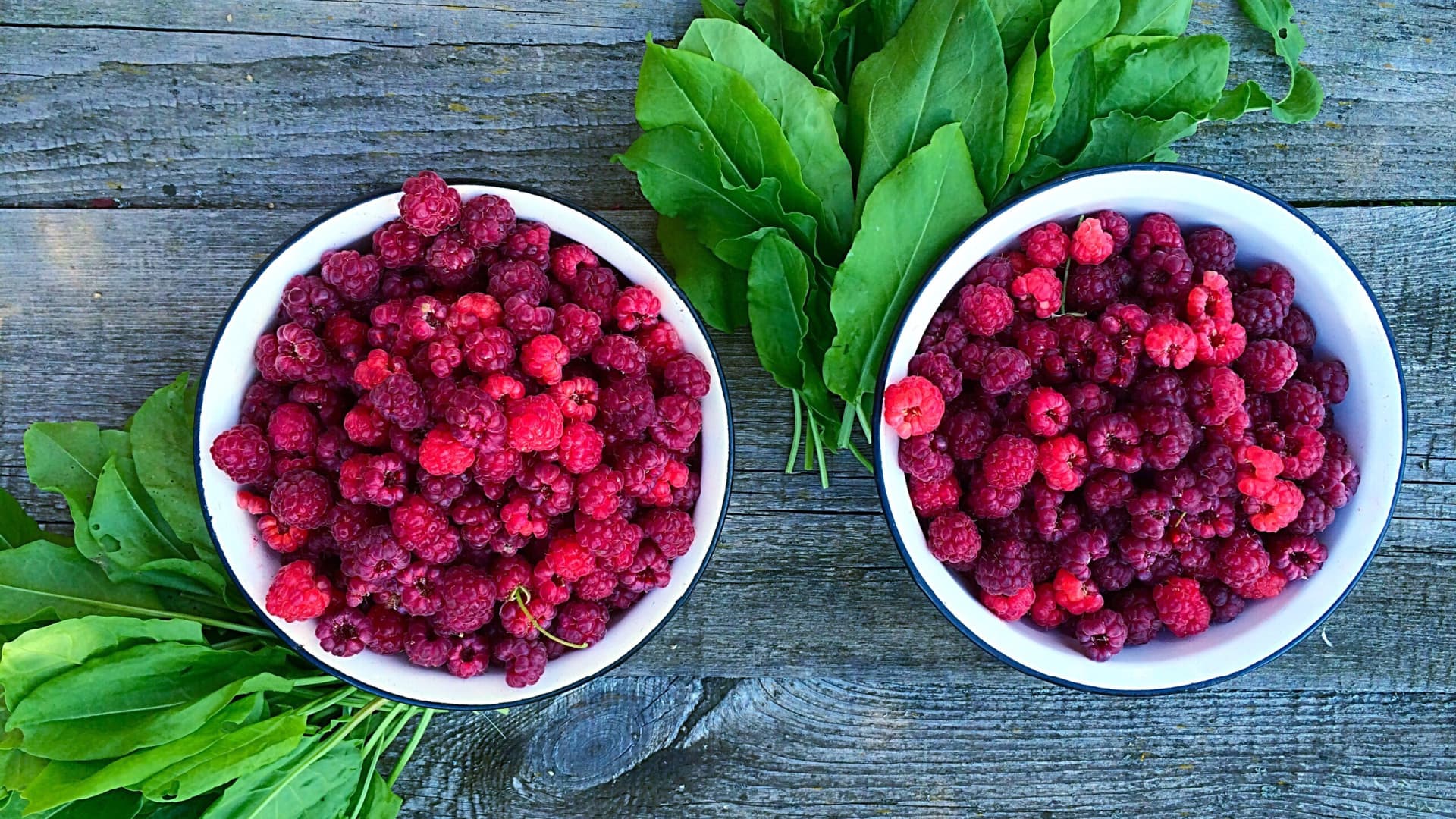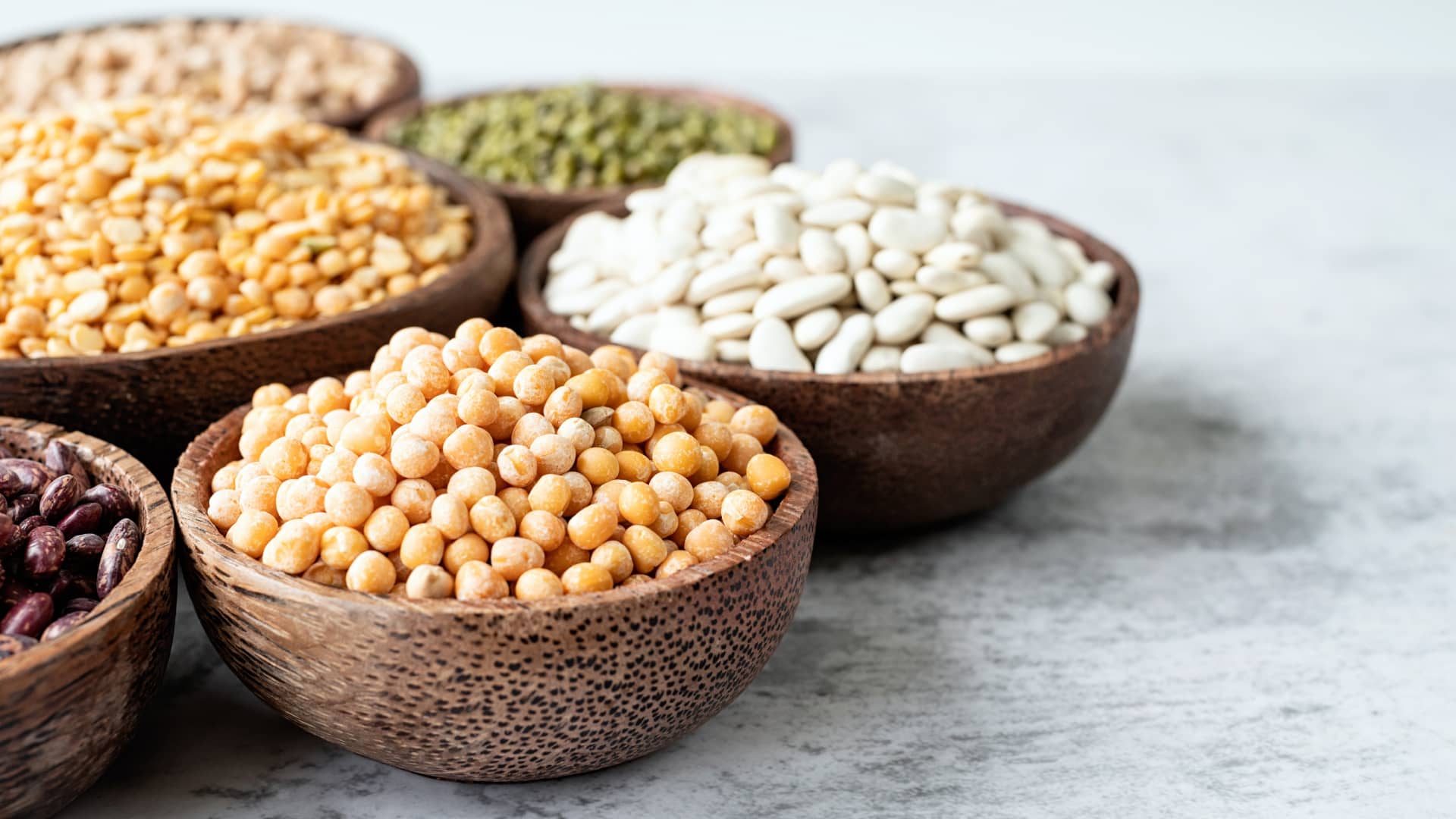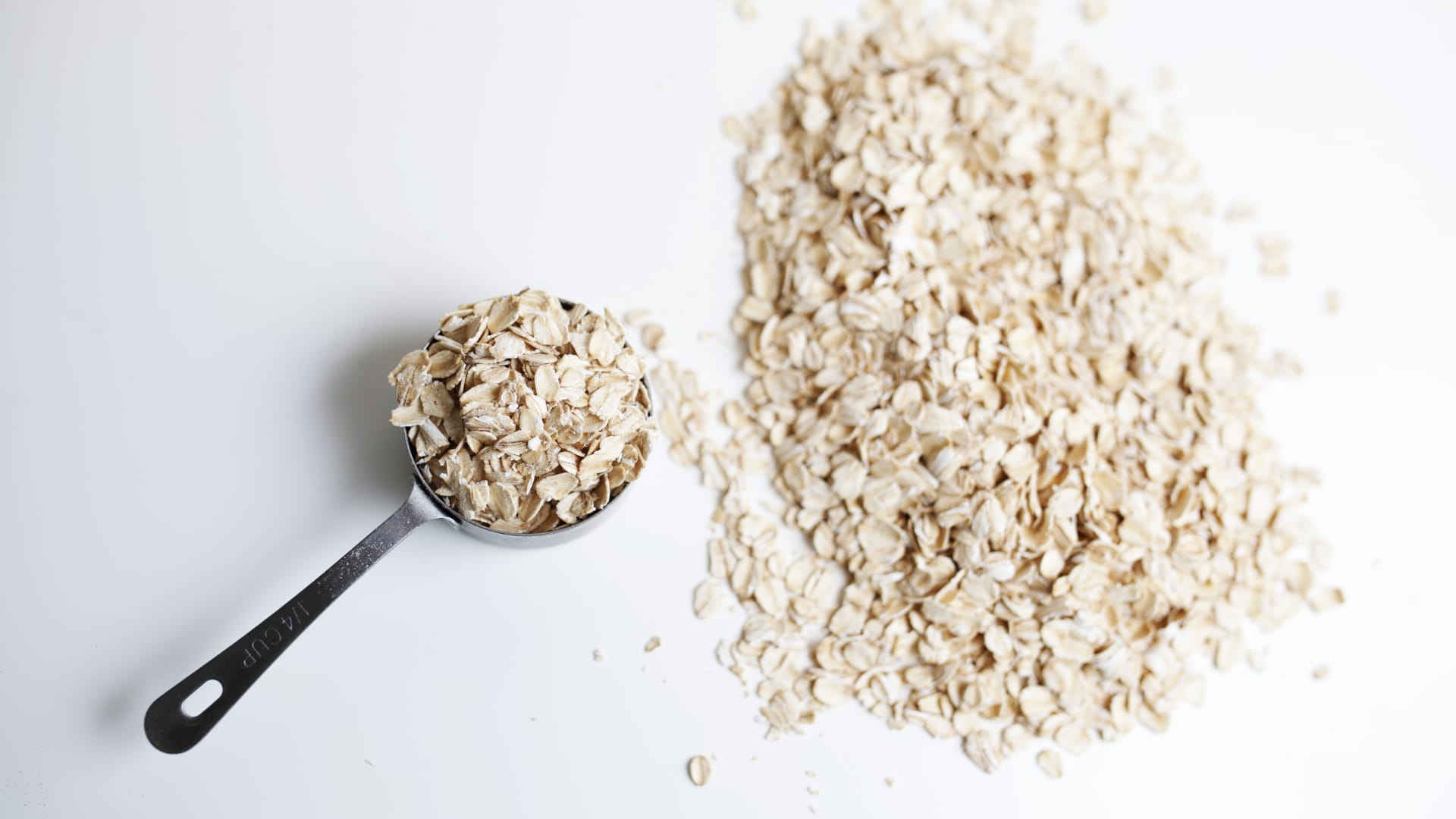
Fiber is the superhero of nutrients, and yet, it's one that most people aren't eating enough of in their diet, according to the American Society of Nutrition.
A 2017 analysis published in the U.S. National Institutes of Health's National Library of Medicine found that the vast majority — 95% of adults and children — aren't meeting their daily fiber needs.
The benefits of fiber
As a dietitian, I always tell people that dietary fiber — the kind you get from foods, and not from supplements — is an essential power nutrient.
Get Tri-state area news delivered to your inbox. Sign up for NBC New York's News Headlines newsletter.
Adequate intake of dietary fiber is associated with reduced risk for heart disease, stroke, hypertension, certain gastrointestinal disorders and type 2 diabetes, researchers have found.
There's also evidence that fiber's benefits extends beyond any particular ailment: Eating more of it may lower people's mortality rate. Even diets of residents in Blue Zones, places in the world where people live the longest, include fiber as a staple nutrient, especially in foods like black beans, chickpeas and lentils.
A National Institutes of Health study found that people who consumed higher amounts of fiber, particularly from grains, had a significantly lower risk of dying over a nine-year period compared to those who consumed lower amounts of fiber.
Money Report
The analysis involved about 388,000 participants who were part of a larger NIH-AARP diet and health study who were between ages 50 and 71 years old when the study began.
How much fiber should you be getting?
The latest Dietary Guidelines for Americans (2020 to 2025) from the USDA recommends 14 grams of fiber for every 1,000 calories eaten. (The amount of calories you need per day varies depending on your gender, age, weight and activity level — with the most common number being 2,000 calories.)
The dietary fiber intake among the majority of Americans falls short of this recommendation, generally ranging between about 16 to 19 grams per day.
How to increase your fiber intake
Fiber isn't broken down by the body. Instead, it passes through the body undigested and helps regulate the body's use of sugars, helping to keep hunger and blood sugar in check.
Fiber comes in two varieties, according to researchers at the Harvard T.H. Chan School of Public Health: Soluble fiber, which can help lower glucose levels, as well as help lower blood cholesterol and insoluble fiber, which can help food move through your digestive system, promoting regularity and helping prevent constipation.
Although you can easily take a fiber supplement, you'll wind up missing out on all the other vitamins and minerals that whole foods provide.
The best sources of fiber are whole grains, fresh fruits and vegetables, legumes, and nuts.
Here are five fiber-rich foods I include in my diet to live a healthier, longer life — along with easy ways to enjoy them:
1. Avocados
Fiber: 10 grams per cup, sliced

In addition to their fiber content, avocados are full of healthy monounsaturated fatty acids, which have been linked with improving heart health.
Avocados are so versatile, and their uses go beyond basic dishes like guacamole. I typically add some to my smoothies, which creates a creamy, thick texture. Or I'll smear a few slices on toasted bread in place of butter or mayonnaise.
2. Raspberries
Fiber: 8 grams per cup

Raspberries also provide a handful of beneficial vitamins, minerals and antioxidants. They're also lower on the glycemic index, meaning they won't spike blood sugar levels.
A 2017 study suggested that eating fresh fruit daily, especially raspberries, may decrease your odds of developing diabetes by 12%.
You can eat a handful as a quick snack or get creative and add them to your salads for some tartness. And to satisfy my sweet tooth, nothing beats yogurt topped with raspberries and crunchy oats.
3. Lentils
Fiber: 21 grams per cup

Lentils have an impressive amount of fiber per serving, and they're also an excellent source of protein (about 47 grams per cup), making them a go-to for filling meals.
Research suggests that getting a daily amount of 150 grams of lentils may help improve blood lipid levels, blood pressure and inflammation.
Lentils are delicious in a hearty soup or stew, but I find they pair just as nicely as protein in salads and tacos. When I want to cut back on my meat consumption, I'll make some lentil patties for lunch or dinner.
4. Oats
Fiber: 8 grams per cup

Oats are a gluten-free whole grain that contain fiber and other important nutrients, including iron, zinc and magnesium. They may also help you manage your blood sugar, heart health, and even your weight, studies have found.
For breakfast, oats can be used as grain substitutes in muffins and pancakes. For more savory meals like meatballs, I like to use them as breadcrumbs.
5. Chia Seeds
Fiber: 10 grams per ounce

Even a small amount of chia seeds pack in plenty of health benefits. They're also a great source of omega-3 fatty acids, which have been linked to improvements in both brain and heart health.
These little seeds can be sprinkled in smoothies, oatmeal and salads. They gelatinize when placed in liquid, so you can easily make homemade jam with your choice of berries.
Lauren Armstrong is a dietitian and nutrition coach. She was also a nutritionist for The Women, Infant and Children (WIC) program. Lauren received her bachelor's degree in dietetics from Western Michigan University and has written for several publications, including Livestrong and HealthDay.
Don't miss:
- To 'stay healthy and strong,' a dietician eats these 5 staple foods of the Mediterranean diet
- This 30-year Harvard study found the 5 simple habits that may prolong your life by a decade or more
- Adding this one simple food to your diet may help you live to 100, according to the world's longest-living people
Sign up now: Get smarter about your money and career with our weekly newsletter






